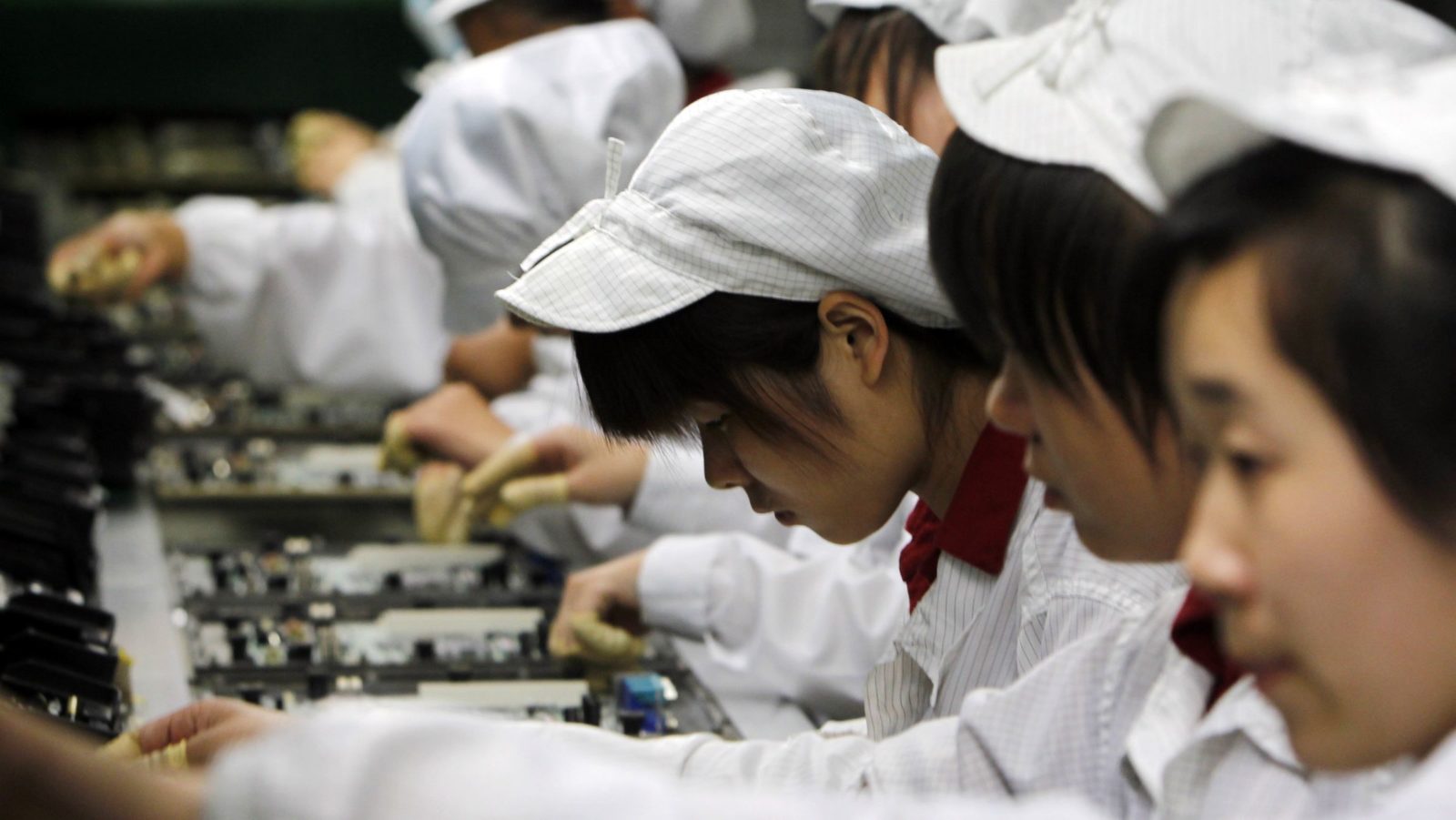Apple plans to lay off 50% of workers by automating iPhone assembly
- June 25, 2024
- 0
Apple plans to reduce the number of workers involved in final assembly of the iPhone by 50% due to automation of manual labor. The decision follows relatively recent
Apple plans to reduce the number of workers involved in final assembly of the iPhone by 50% due to automation of manual labor. The decision follows relatively recent

Apple plans to reduce the number of workers involved in final assembly of the iPhone by 50% due to automation of manual labor. The decision follows relatively recent clashes between workers and police and is part of Apple’s strategy to streamline its supply chain.
According to the report, the order was given by Sabih Khan, Apple’s senior vice president of operations, following violent clashes between iPhone workers and police in November 2022 near the Foxconn factory, where the main assembly facilities are located. Then, workers who were angry about the working conditions during the Covid-19 period, the lack of food in the canteens and the inability to leave the closed area, rebelled.
Following the incident, Apple decided to reduce the total number of jobs and implement a project to automate production and optimize the component supply chain, which was previously considered impossible due to high costs. But the company is now prepared to cover these costs by investing in expensive equipment that could cost hundreds of millions of dollars.
Apple’s automation efforts have already produced some results. According to sources, some stages of iPhone assembly have been successfully automated over the past year, including attaching metal fasteners and flexible printed circuit boards to components without human intervention. This process has already allowed Apple and its partners to cut thousands of jobs in China.
In addition to internal developments, Apple is also strengthening its position in the field of supply chain automation by acquiring specialist companies. Last year, for example, Apple acquired Drishti, a company that specializes in analyzing video material coming from pipelines to identify bottlenecks and problems in real time. Another valuable acquisition was DarwinAI, a company that uses artificial intelligence to optimize industrial processes. We also work closely with manufacturing partners such as Foxconn, Luxshare Precision and Pegatron.
But Apple also faces obstacles. For example, plans to automate the installation process of some iPhone components were canceled this year due to high defect rates. Despite these challenges, the company remains firmly committed to its long-term goal of significantly reducing the number of workers in final assembly operations of iPhone production by approximately 50%. According to plans, this will happen in the next few years.
Source: Port Altele
As an experienced journalist and author, Mary has been reporting on the latest news and trends for over 5 years. With a passion for uncovering the stories behind the headlines, Mary has earned a reputation as a trusted voice in the world of journalism. Her writing style is insightful, engaging and thought-provoking, as she takes a deep dive into the most pressing issues of our time.